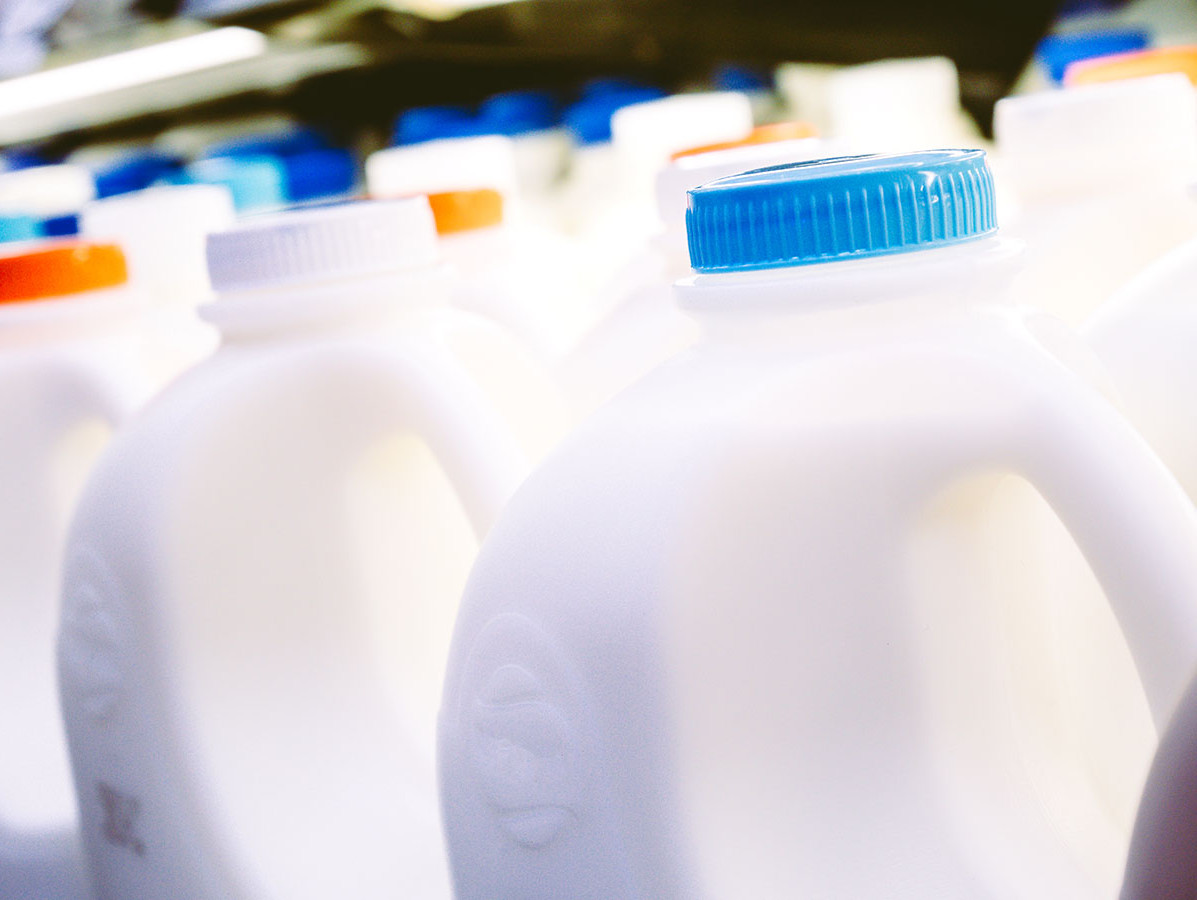
Recycling food packaging to the same quality level is complex. New packaging must meet strict food safety standards. Recyclate, the material created after recycling, often contains unwanted substances. This makes it difficult to determine if recycled materials are safe for food contact. Researchers from Wageningen University & Research have now mapped the entire recycling process of food packaging. This offers new insights for a safer recycling process.
Researcher Ulphard Thoden van Velzen and his team investigated the lifecycle of plastic milk bottles (HDPE). From production to recycling, the bottles were checked at various points. “A milk bottle goes through several phases: production, supermarket, consumer, waste processing, and finally recycling,” explains Thoden van Velzen. At each point, contaminants were found, substances that do not belong in the packaging but end up there.
Upon entering and leaving the sorting facility, researchers discovered unexpected chemical substances. “The bottles contained small amounts of chemicals from the cap and label upon entry. We did not expect that,” says Thoden van Velzen. The biggest surprise came during the sorting process. “We suddenly saw a large variety of substances, differing per bottle. That was particularly strange to us.”
The cause turned out to be the baling press. At the end of the sorting process, all plastic packaging, such as detergent bottles and shampoo bottles, are compressed into one cube. “During pressing, residues from these packages flow along the milk bottles, causing contamination,” explains Thoden van Velzen.
Now that the cause is known, targeted solutions can be sought. Thoden van Velzen suggests considering the transfer of chemicals from the cap and label to the bottle during the design process. This can be done by using different inks, for example. Additionally, specific packaging should be sorted and pressed separately to minimize contact with other packaging. This can improve the quality of recycled material. Whether this material will be suitable for food packaging remains to be seen. Standardizing packaging can also contribute to a simpler and safer recycling process.
Source: Wageningen University & Research